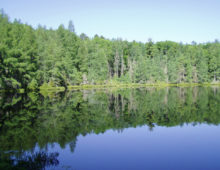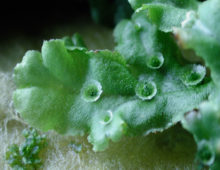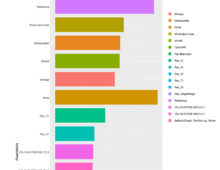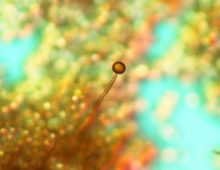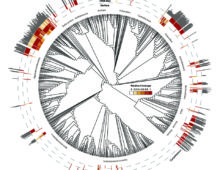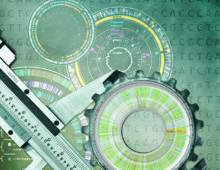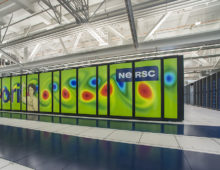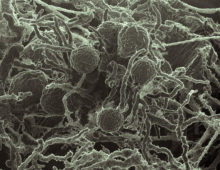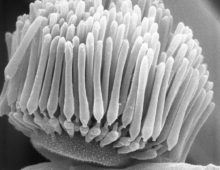Tracking the Viral Parasites of Giant Viruses over Time
Virophage database doubles with discovery in freshwater lakes datasets. In freshwater lakes, microbes regulate the flow of carbon and determine if the bodies of water serve as carbon sinks or carbon sources. Algae and cyanobacteria in particular can trap and use carbon, but their capacity to do so may be impacted by viruses. Viruses exist… [Read More]
